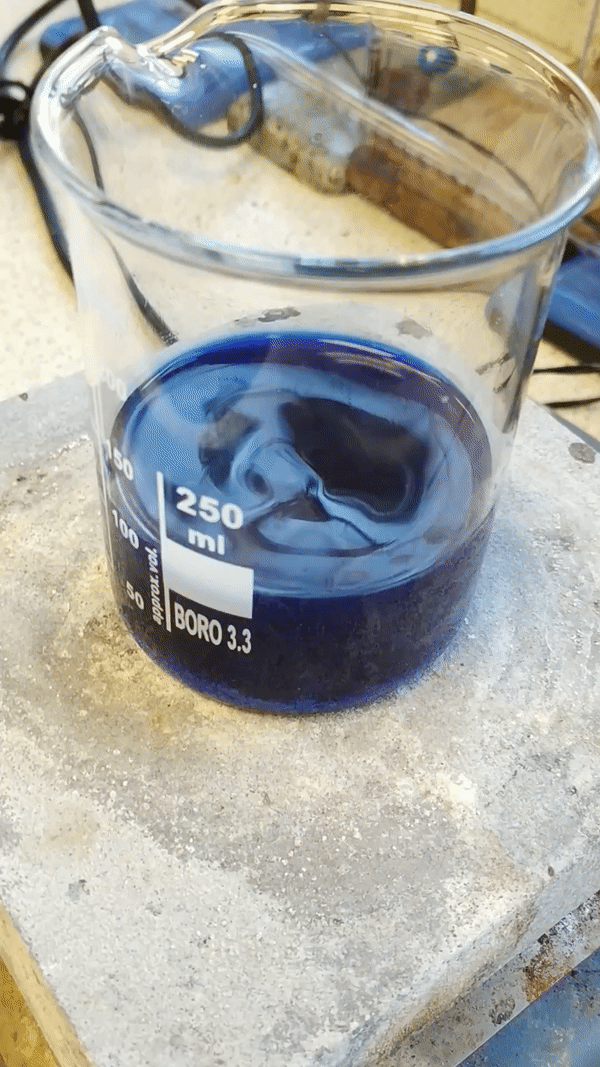I’m writing this post in a lab at Queen Mary University in the heart of London. Through the EDT Headstart scheme, I have been given the brilliant opportunity to immerse myself in the field of bioengineering (from the physiological level right down to the molecular level) surrounded by leading academics and university lecturers as part of a 4 day residential course.
Absorbing fascinating new information about molecular bioengineering has been a major highlight of the course. On the first day, I attended Dr Karin Hing’s lecture ‘Engineering Biocompatibility for Bone Regeneration’ which inspired my independent group research project on the use of synthetic bone grafts, autografts, and growth factors in spinal fusion.

Biocompatibility lies at the intersection between biology and material science and it refers to the interactions between an artificial material and a living system. With its abilities to bear loads and control homeostasis as well as self-regulate and repair, bone is a particularly interesting natural material – but what is it actually made of? Bone primarily consists of inorganic materials, such as calcium hydroxyapatite, and organic materials, such as the protein collagen, which make up a rigid extracellular matrix. Within this matrix, resides a range of specialised bone cells: osteoblasts, osteoclasts, and osteocytes.
Like ourselves, bone has a life cycle. Our bones are constantly undergoing remodelling, cycling between phases of formation and resorption. In formation, mesenchymal stem cells in the bone marrow differentiate into osteoblasts (bone-forming cells). These osteoblasts create the extracellular matrix (known as the osteoid) and mineralise it with calcium deposits. Next, they find themselves trapped within the bone matrix and they mature into osteocytes which are no longer capable of bone formation, instead serving as a communication port- relaying signals between other bone cells (much like neurons).
Life is centred on balance, a yin and yang of sorts; as new bone is built up, old bone is destroyed through the process of resorption. Osteoclasts are a key player in resorption and prevent new bone formation from getting out of hand. Bone tissue contains rich deposits of minerals such as calcium and, when it is resorbed, the minerals leach out and enter the neighbouring blood stream. Through selective resorption of bone tissue, osteoclasts maintain homeostasis and regulate our calcium levels. Between formation and resorption is the reversal phase in which mononuclear cells inhibit osteoclasts and prepare the bone surface for osteoblasts to build the connective tissue up again.

With its constant repair and remodelling, bone can automatically fix virtually any hairline fracture or microdamage. But when it comes to breaks larger than 2.5 cm (known as critically large defects), the bone can no longer spontaneously heal and will require medical intervention. For instance, in cases of vertebrae fracture, spinal fusion is necessary to heal multiple vertebrae into a single, solid bone – restoring stability to the spine.

What do we use to bridge the gap between vertebrae? That’s where bone grafts come in. Traditionally, a bone graft involves removing a small portion of bone from the hip (where it will naturally heal back) and transplanting it between the vertebrae to promote bone growth at the fusion site. If the graft comes from the patient’s own body (which is currently the gold standard in spinal fusion) then it is referred to as an autograft. Allografts come from a cadaver or live donor and are used when the fracture is too large to bridge with the patient’s own bone.

harvesting an autograft from the iliac crest (hip)
The reason autografts are considered the gold standard is because they can integrate into the patient’s fracture more rapidly and completely and there is no risk of immune rejection or bio-incompatibility. However, autografts require the patient to undergo two surgeries – giving rise to an array of new complications including donor site morbidity and secondary infections. Additionally, multiple incision sites may be necessary to extract an ideal autograft which increases the risk of nerve injury and bone damage at the donor site. But allografts are not without their flaws either; they come with a risk of immune rejection and disease transmission and there are long waiting times to even obtain an allograft due to a shortage of eligible donors.
Recently, synthetic alternatives to bone grafts (such as calcium sulfate and collagen) have emerged. Initially, these synthetic bone grafts were bio-compatible but still did not promote bone healing. Let’s take a closer look into what is necessary for a graft to support successful bone formation. Firstly, we have osteoconduction which is the graft’s ability to support the attachment, migration, and growth of osteoblasts within the structure. Then, there is osteoinduction which refers to the graft’s ability to stimulate stem cell differentiation into bone cells (osteogenesis).

Ever tried gardening? The properties of an ideal bone graft are similar to those needed to grow a plant. Osteoconductivity (the scaffold properties of the graft) can be seen as the pot and soil, osteogenesis by the actual seeds, and osteoinductivity is best represented by the fertilisers and water that stimulate plant growth.
At the very least, a synthetic graft must be osteoconductive for a successful fusion. On the third day of the course, I had the chance to enhance my wet lab skills via testing protein adsorption in a range of synthetic grafts. The experiment involved incubating five types of graft material (both organic and inorganic) in an albumin solution and using a colorimeter and calibration curves to assess the efficiency of protein adsorption in each of the graft types.

The first synthetic grafts were bio-compatible but also bio-inert meaning that they had were osteoconductive but not osteoinductive. To overcome this issue, subsequent designs of synthetic grafts tend to be infused in growth factors. Growth factors stimulate differentiation of stem cells and growth of living tissue – accelerating bone formation.
The most widely studied growth factor is bone morphogenetic protein 2 (BMP) which acts as a chemotactic agent by recruiting stem cells to the fusion site and prooting their differentiation. BMP even stimulates the growth of blood vessels (angiogenesis) through the damaged bone which helps support new bone formation.

the structure of BMP-2
BMP is considered safe for use in spinal fusion and eliminates the need to take a large portion of the patient’s own bone cells in a graft. The only downside is that it is currently very expensive – increasing spinal fusion surgery costs by up to $15,000.
BMP works alongside, and can be incorporated into, both types of graft. Synthetic grafts can be made of bioabsorbable polymers (such as lab-grown collagen or calcium sulfate structures) which carry doses of growth factors. As the material dissolves in the body, the BMPs are gradually released, helping sustain bone growth. In autografts, the patient’s own cells can even be genetically engineered to express specific growth factors in greater quantities.
It has become increasingly clear that bone grafts cannot be developed solely from an engineering perspective. As Dr Alvaro Mata explained in his lecture on bioinspired materials, nature is a particularly important source of inspiration for designing any bioengineered system, particularly synthetic bone grafts. Structure at even the smallest levels, such as the arrangement of structural protein nanofibres, affects cell signalling and growth to a large degree.
Biomimetic design is developed through an appreciation of nature’s own design. Through dissecting a bovine metacarpal joint, I gained a far better understanding of the interplay between bone and cartilage that makes smooth movement effortless.

As the end of my week at Queen Mary’s bioengineering department crept closer, my team began to prepare a presentation showcasing our independent research in the fascinating field of spinal fusion. This presentation was the perfect culmination of the amazing molecular bioengineering techniques I had studied and carried out in the lab. To my absolute delight, we were awarded the 1st place prize for our level of detailed research and our debate style of presentation – a rewarding end to an incredible week!















 ions]
ions]

